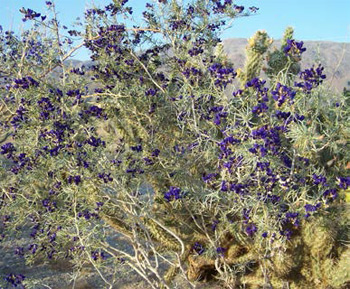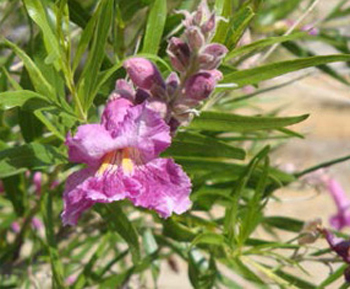Borrego Desert Gardeners Club
What is the Borrego Desert Gardeners Club?
If you enjoy gardening in the desert, or if you think you might, then the Borrego Desert Gardeners Club will be just the place to meet others who share your passion, to learn from each other, and to share what you know. Everyone interested in gardening is invited to this fun, free, and casual group.
The Gardeners Club meets monthly on the second Friday at 10 a.m. (October through March) in the ramada at the back of the ABDNHA building, adjacent to the ABDNHA garden. Please visit ABDNHA’s Activity Calendar and our Borrego Gardeners Facebook Page for up-to-date information about our upcoming meetings.
This desire for the gardeners club grew out of a small group last year who worked together to care for ABDNHA’s Borrego Botanical Garden. We worked weekly on our own schedules to keep the garden tidy—trimming, weeding, raking, picking up, and occasionally gathering for a casual potluck lunch in the garden.
The Desert Gardeners is a wider group gathering, where we bring our own folding chairs and share information and experiences on topics of interest to the group—such as fall plantings, vegetable gardening, soil, irrigation, composting, native plants in the garden, and even garden art and creative garden projects. Sometimes we visit gardens and meet there.
Desert Gardening Tips

Want to learn the tips & tricks to gardening in the desert during the fall or late spring? Click on the buttons below.
Fall Vegetable Gardening in the Desert
by Betsy Knaak
Desert Living Late Spring Gardening
by Joan Putney & Betsy Knaak
The Borrego Springs low desert has two distinct gardening seasons, the fall when many winter vegetables can be planted, and the hot summer season beginning in late March and into April, when melons, basil, squash, zinnias, marigolds, cactus, and new citrus trees can be planted.
APRIL
- Citrus: New citrus trees can be planted this month, and established trees should be fertilized.
- Landscape trees, shrubs, cacti and succulents can still go in, early in the month, so that roots get established before summer.
- Seeds or transplants of cantaloupe, jicama, lima beans, okra, basil and oregano can be set out in the warm-season garden.
- Taken from Old Wives’ Lore for Gardeners: On marigolds, “Both the aroma and the excretions from the roots are invaluable, whether in flower or vegetable garden or in the greenhouse.” Two packets of seeds are currently in the sprout stage amongst my vegetables!
- Around town in landscape: Desert gardens bloom this month with lush roses, sunny palo verde trees, and brilliant cactus blossoms. Watch for the deep purple-blue of the indigo bush.


MAY
- Time to mulch. A two- or three-inch layer will conserve water, keep roots cooler during summer, deter weeds, and looks good, too. Use compost, chopped bark, pebbles, gravel, even straw. Remember to keep mulch away from stems and trunk, however. Don’t forget to mulch tomato plants.
- Now is the time to adjust irrigation in preparation for the warmer months ahead.
- If you have established palm trees, feed them this month.
- Start an Ocotillo by simply cutting off a branch and planting. Water until you are sure it is a living plant and taper off gradually. Water recently transplanted Ocotillos weekly until established.
- Let some of your cool season flowers and vegetable go to seed. Collect by tapping the heads inside a paper bag. A favorite is Fennel. Use the seeds for planting and for seasoning potato or slaw salads.
- Around town in landscape: Look for the lovely blue-gray blooms of Smoke Trees and the orchid-like blossoms of Desert Willow to be coming in along with the heat of early summer.
All activities are are open to the general public.
The Borrego Desert Gardeners Club is sponsored by Anza-Borrego Desert Natural History Association, 652 Palm Canyon Drive, Borrego Springs, CA. ABDNHA is a 501(c)3 non-profit educational organization.
